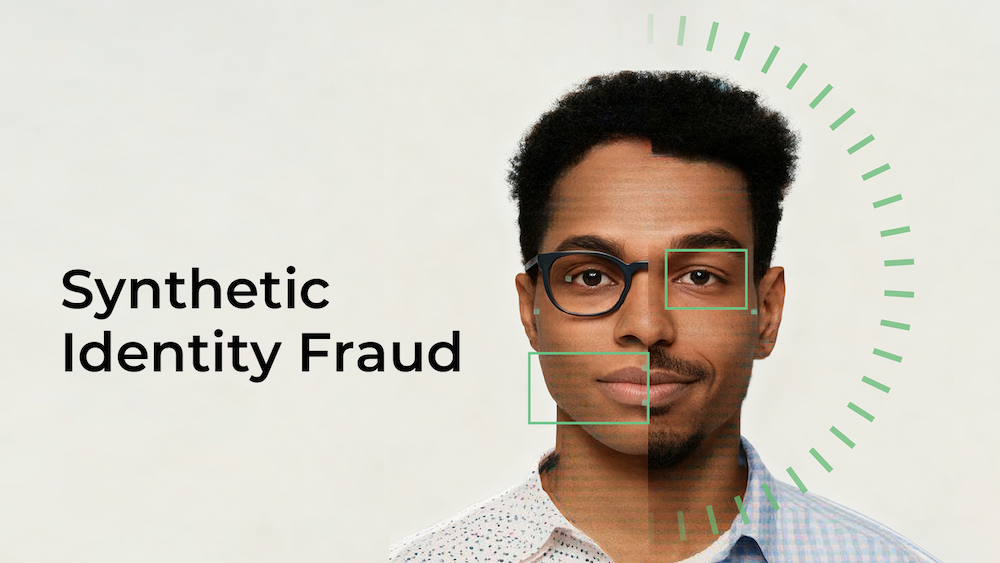We do not offer, support, or condone any illicit services mentioned in this glossary. We also do not sell any data to illegal entities. These terms are provided solely for educational and awareness purposes to help businesses understand and prevent fraud.
What is CNAM?
CNAM, short for Caller Name, is a telecommunication feature that associates a caller’s phone number with a corresponding name. When someone makes a call, their phone number is transmitted to the recipient, and CNAM provides additional information by querying a database to display the name associated with the number on the recipient’s caller ID display.
This technology enhances trust and communication efficiency, especially in business interactions. However, it is also exploited in fraud scenarios, such as caller ID spoofing, where attackers manipulate the displayed name to impersonate trusted organizations or individuals. CNAM is a vital component in fraud prevention for identity verification during phone-based authentication or communication.
How Does CNAM Work?
The Call Process
- When a call is made, the originating phone number is sent along with the call data.
- The carrier for the recipient queries a CNAM database (also known as a CNAM repository) to retrieve the name associated with the caller’s phone number.
- The retrieved name is then displayed on the recipient’s caller ID screen along with the phone number.
Database Maintenance
- CNAM data is maintained by telecommunication carriers and third-party providers who store the caller name information in databases. This data can include business names, individual names, or labels like “Wireless Caller.”
Limitations and Exploits
- CNAM services are country-specific and may not always provide accurate results due to unregistered numbers or outdated databases.
- Spoofing Exploits: Fraudsters manipulate CNAM data to display fake or misleading names, tricking recipients into believing the call is from a trusted source (e.g., a bank, government agency, or customer service center).
Use Cases
Legitimate Use Cases
- Customer Service: Businesses use CNAM to display their company name, ensuring customers recognize their calls.
- Fraud Prevention: Financial institutions rely on CNAM for caller identity verification during phone-based transactions or authentication processes.
- Telemarketing and Notifications: Companies display their name to increase trust in promotional or reminder calls.
Fraudulent Use Cases
- Caller ID Spoofing: Fraudsters manipulate CNAM to impersonate trusted organizations like banks or government entities to scam individuals.
- Social Engineering Attacks: Using fake CNAM data, attackers trick victims into providing sensitive information, such as bank account details or passwords.
- Bypassing Multi-Factor Authentication (MFA): Spoofed CNAM can be used to impersonate a verification call, tricking users into providing MFA codes.
Impacts on Businesses
Positive Impacts of Legitimate CNAM Use
- Improved Customer Trust: Customers are more likely to engage with calls they recognize as coming from a trusted business.
- Enhanced Authentication: Businesses can use CNAM as an additional layer of identity verification during sensitive transactions or account recovery processes.
- Brand Visibility: Displaying a business name on calls promotes brand awareness and credibility.
Negative Impacts from Fraudulent Exploits
- Financial Losses: Caller ID spoofing facilitated through CNAM manipulation can result in successful phishing attempts, leading to unauthorized transactions and financial theft.
- Erosion of Customer Trust: Repeated fraudulent calls associated with spoofed CNAM can make customers distrust legitimate business communications.
- Operational Costs: Businesses may face increased costs for fraud detection systems and customer support to handle spoofing-related issues.
- Regulatory Penalties: In jurisdictions with strict anti-fraud regulations, businesses may face penalties for failing to protect customers from spoofed calls or inadequate caller authentication mechanisms.













